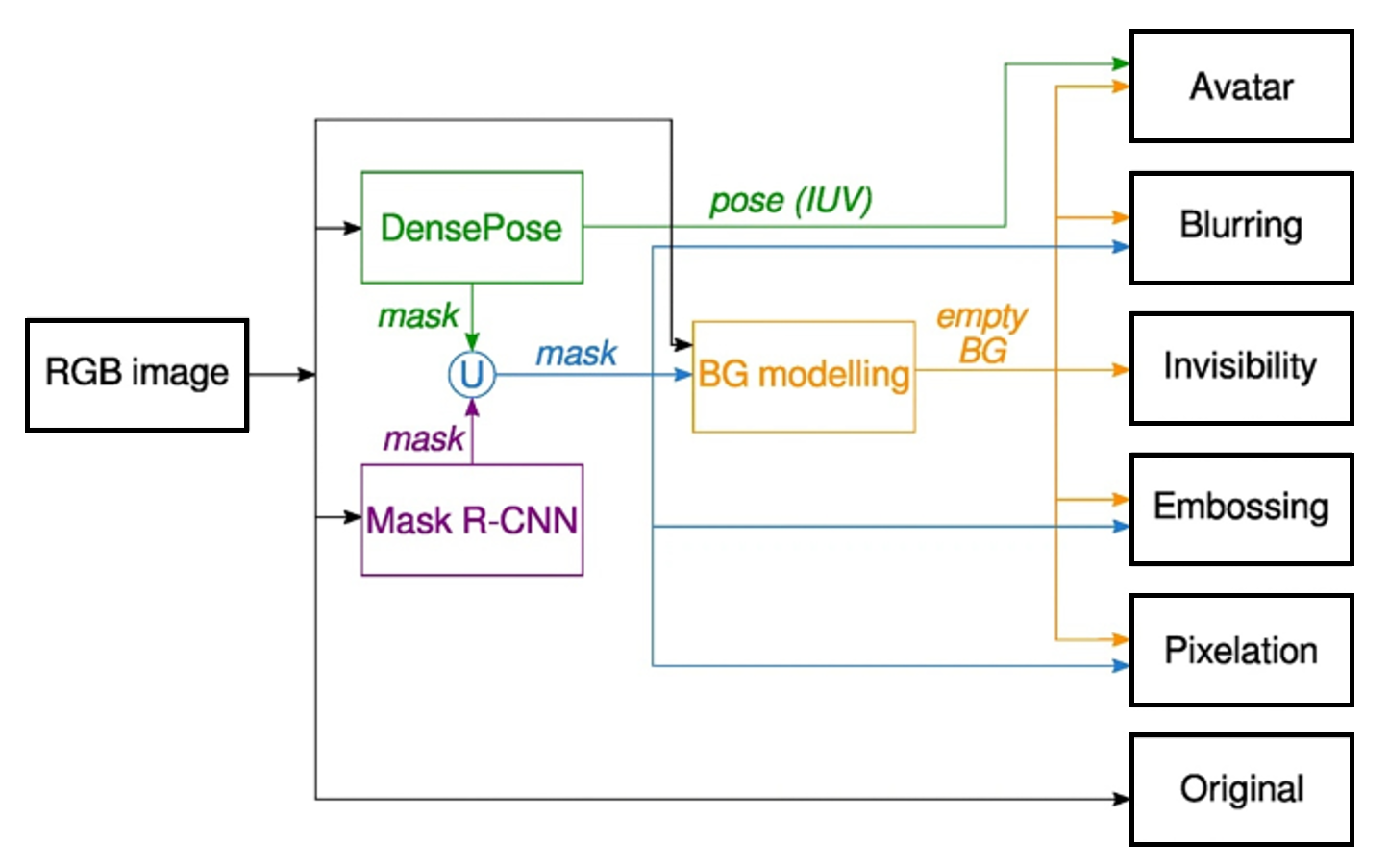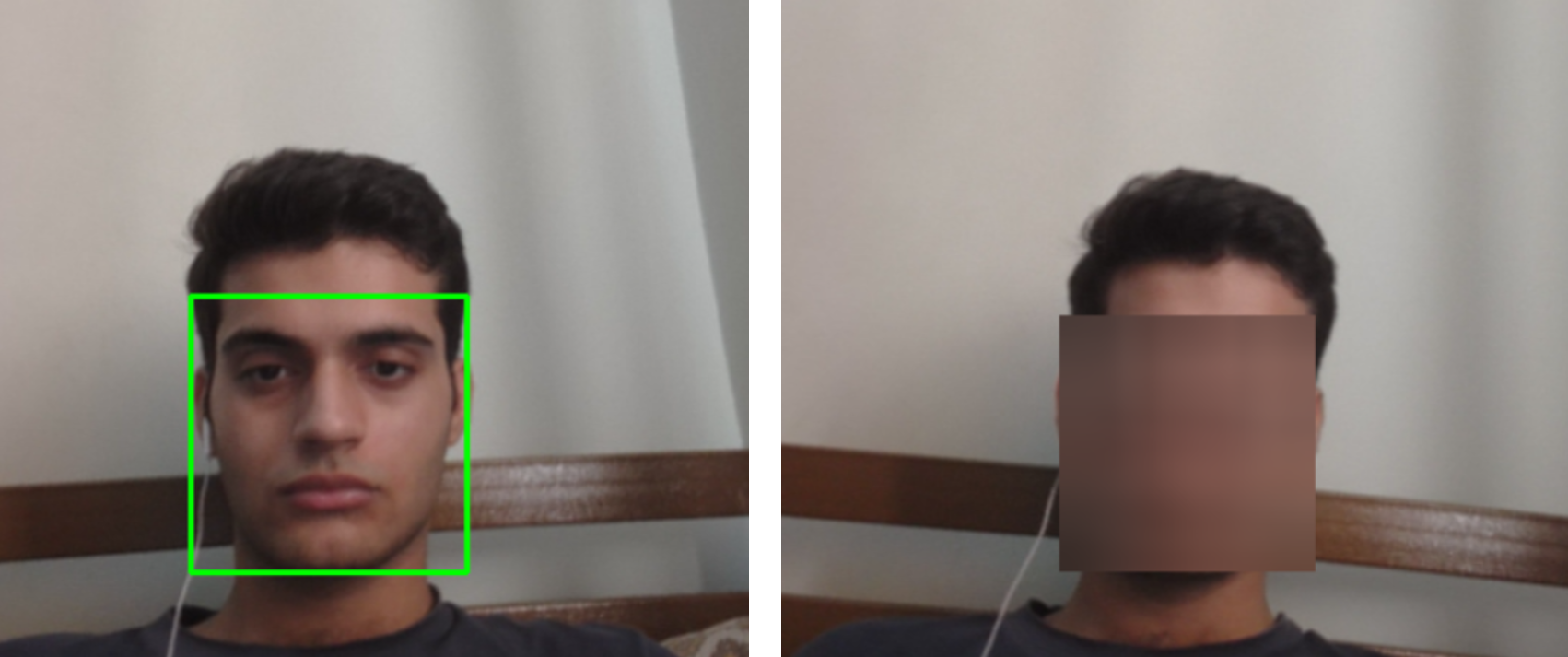Real Time Face Detection & Privacy Preservation
If you are walking through a crowded plaza, and your face, along with others, always remains anonymous, yet the video footage remains insightful, wouldn’t that be amazing? That’s the power of Real Time Face Detection & Privacy Preservation. Such a system understands when a face appears in front of the camera and automatically applies a blur to that region. Rather than pulling into manual edits frame by frame or risking privacy during surveillance, the approach intelligently balances the need to keep sensitive personal data safe while still preserving the situational awareness that video footage offers. Whether it is surveillance, public displays, or research footage, the system serves as a powerful tool for maintaining anonymity in an increasingly monitored world.

The project uses high-performance computer vision: OpenCV handles video capture and processing, while Mediapipe provides lightweight, real-time face detection. Each video frame is scanned for faces using Mediapipe’s optimized detection models. Once a face is detected, the region is isolated and blurred using OpenCV, usually through a Gaussian or pixelation filter. The system then fuses the blurred region back into the frame, producing a final output that’s safe for sharing, storage, or analysis. Because it works efficiently, the entire process runs in real time on standard hardware, achieving smooth blurring at video frame rates. Due to this, hands-free, immediate, and consistent privacy protection becomes an automated reflex rather than a manual chore.

This work is a commitment to ethical, humanitarian design. In many contexts (public transit, classrooms, protests, sensitive research environments) the automatic blurring of faces protects identities without compromising utility. It empowers content creators, researchers, and platforms to collect video data responsibly, without exposing individuals to misuse or privacy violations. The technology can integrate with live-streaming, archives, or CCTV systems with minimal friction. It’s not just about blurring faces, it’s about giving people assurance that their presence remains respectful of their privacy, while still enabling analysis, monitoring, or commentary. It’s a step toward a more thoughtful future in digital vision applications.
Faculty
-
Dr. Muhammad Moazam FrazDr. Muhammad Moazam Fraz
Students
-
Abdullah Usama
-
Usama Athar
